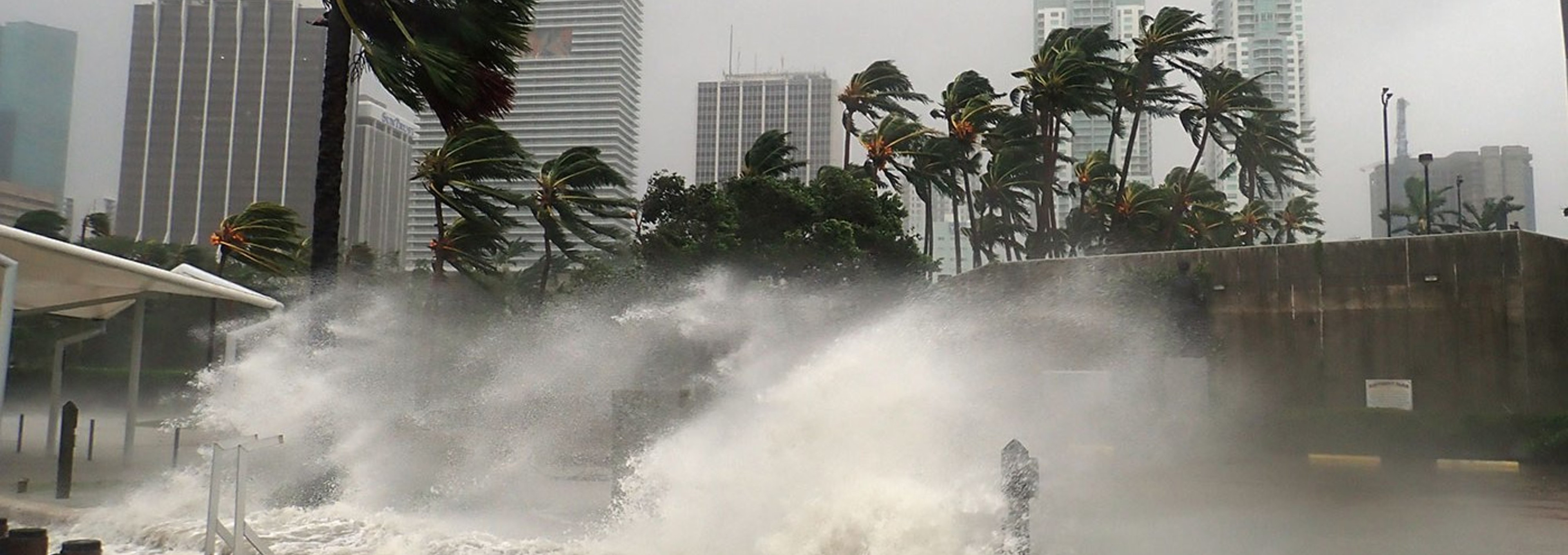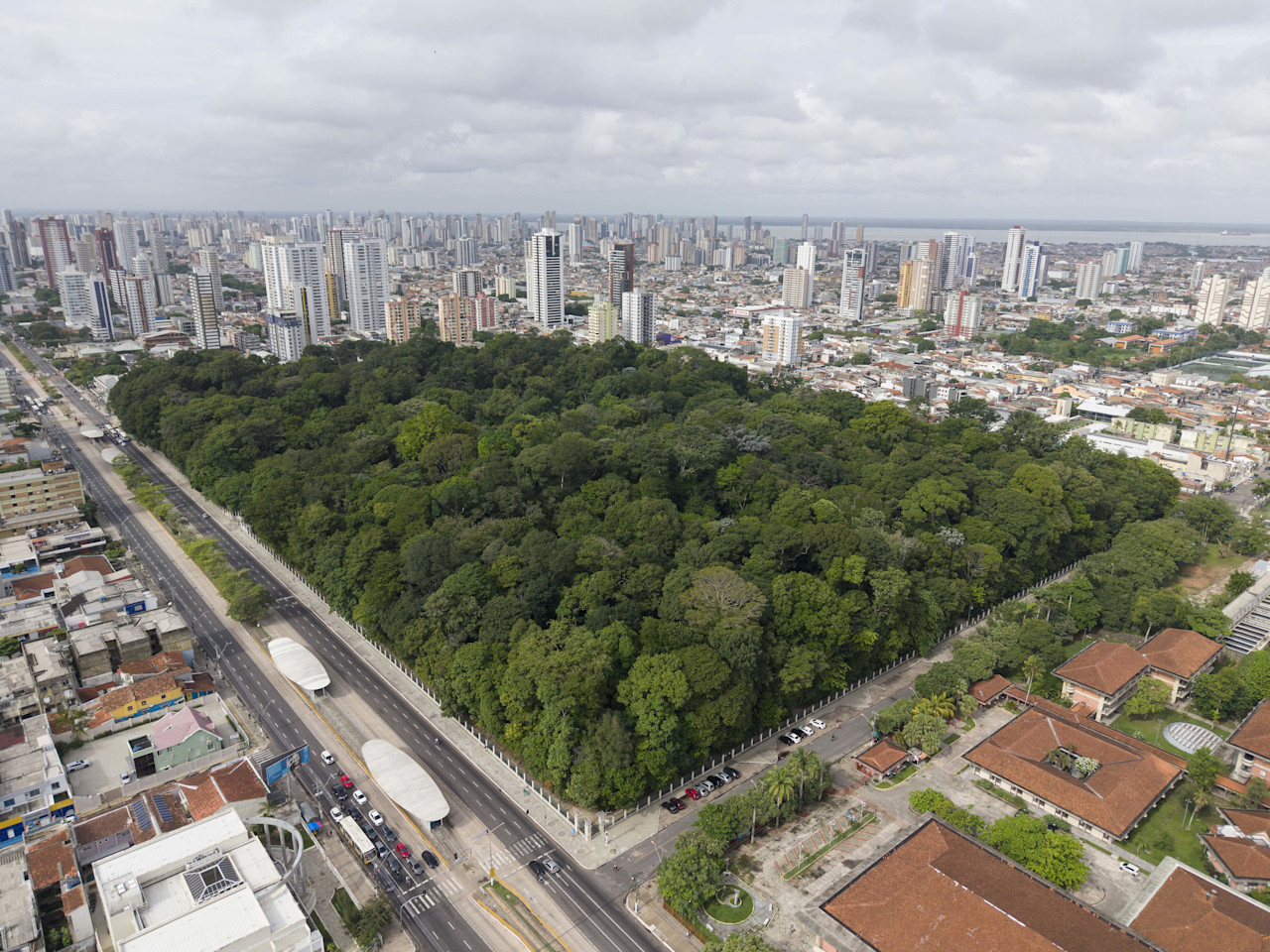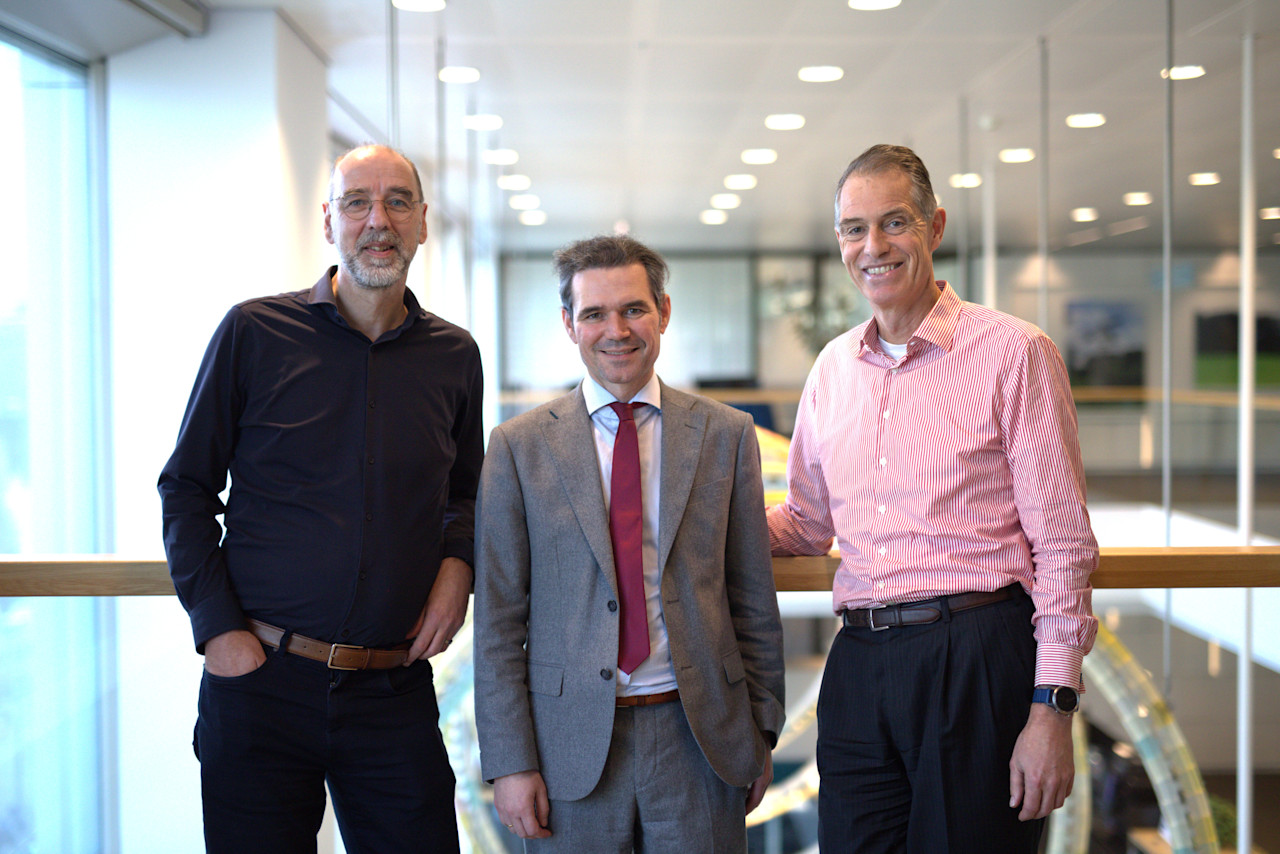

SI Dilemma: Climate adaptation versus mitigation
Hurricane Helene hit the shores of Florida as the curtain closed on New York Climate Week (NYCW) at the end of September, resulting in widespread devastation and loss of life. Its destructive power along the eastern seaboard and timing at the heels of one of climate investing’s largest conferences was enough to thrust climate adaptation into the spotlight at a global gathering typically absorbed with climate change mitigation.
Summary
- Challenge of incorporating climate adaptation concerns into portfolios
- Limited investment options available for tackling severe weather
- Second dilemma of not having an agreed yardstick for biodiversity
As sustainable investors, we face the dual challenge of seeking returns while ensuring a just transition. The real dilemma though is figuring out how can we effectively incorporate climate adaptation concerns into portfolio construction, given the limited investment options currently available. We have plenty of solutions for renewable energy, but how can we pre-emptively solve hurricanes hitting Florida?
For years, climate change mitigation – where capital is channeled to companies that aim to reduce greenhouse gas emissions – has been a key focus of sustainable investing. And rightly so; it remains our best option for limiting temperatures to 1.5 °C above pre-industrial levels.
But for many, that ship has sailed. Our sluggish response until now means we have missed the boat and any real chance at mitigating climate change. Global temperatures are pushing to exceed 2.7 °C and blow past the levels needed to avert disaster. Many of the conversations at events across NYCW recognized this stark reality that mitigation alone may no longer suffice, and that more emphasis and investments should be focused on adaptation and resilience.
Resilience is clearly needed to recover
Drought, flooding, hurricane and wildfires are now commonplace, and their frequency and severity will intensify further. The impending landfall of Hurricane Helene as the week wore on continued to reinforce that climate change is no longer a distant risk, but a clear and present danger.
We will need to make changes to our social, economic and environmental systems to minimize the adverse impacts of climate change and ensure that these systems are able to recover quickly from climate- and weather-related disruptions. Such development requires significant innovation and mobilized capital. Thankfully, we believe that this presents multiple opportunities across a variety of sectors.
How do we adapt as sustainable investors?
Robeco has spent the greater part of the last decade developing formal frameworks to systematically evaluate and address climate-related risks and while looking for opportunities across our investment strategies.
Our taxonomy for climate solutions is an integral part of this process and includes categories for adaptation and resilience. We identify companies contributing to these objectives based on their sectoral revenue exposure. As it stands, the vast majority of climate solutions providers are focused on mitigation efforts such as decarbonization, with fewer than 1% of the names in our investible universe scoring positively for adaptation and resilience.
Needless to say, redirecting investment toward adaptation could narrow our investment options and risks diverting resources away from emission reduction efforts. We take a balanced approach to maximize our impact on climate, as both strategies are essential and often complementary in combating climate change.
However, the scarcity highlights the need for business to step up investments toward adaptive solutions, as climate risks increasingly turn to damaging realities. Under the EU Taxonomy, adaptation is the second-most thoroughly populated objective behind mitigation with abundant economic activities spanning agriculture, building construction, manufacturing, and IT.
This year has seen the release of several examples of frameworks designed to apply credible criteria to define adaptation and resilience activities and measure their real-world impact in industries. This should help facilitate financing flows to these areas.
Biodiversity, a natural and multi-faceted solution
Another critical dilemma we face as data-driven investors is what to do in the absence of an agreed-upon yardstick to measure progress of preserving biodiversity. How do we make effective, well-informed investment decisions when there is no ‘holy grail’ metric to judge performance on?
Nature, and its alter ego, biodiversity, have been making their way up the finance agenda over the past few years, and dominated many a discussion over the week, with good reason. In addition to promoting and protecting processes such as crop production that are vital for human survival, ecosystems are also vital for mitigation and adaptation. Forests, rainforests, and oceans act as carbon sinks that naturally absorb CO2 from the atmosphere. Meanwhile, wetlands and mangroves act as natural sponges, absorbing heavy rain and preventing destructive floods.
Despite an armada of alliances and a host of new acronyms including TNFD, BII and MSA, progress in integrating nature-related concerns remains slow within financial markets. This may stem from the demand from financial market participants for a one-size-fits-all nature metric, akin to the carbon footprint used as the starting point for climate analytics.
While efforts to develop such a metric are well intentioned, they may miss the point and we may miss a key learning from the recent experience of developing climate measures. As noted earlier, the world continues to heat up as emissions rise, despite ever more sophisticated and technically ‘accurate’ carbon footprinting.
Investing to prevent biodiversity loss
There are several clear steps companies and investors can take to address biodiversity loss. First and foremost is halting and reversing the deforestation of forests, rainforests and mangroves. These are nature’s own carbon capture technology, providing a critical first line of defence against climate change.
At Robeco, we have used engagement to actively address deforestation. Since 2020 we have had a palm oil policy in place that requires an increasingly strict proportion of investee companies’ plantations to be RSPO certified.
In addition, further to thorough research and collaboration with a major NGO, we are nearing completion of a biodiversity traffic light that evaluates and scores portfolio companies on their biodiversity performance.
Conclusion
The integration of nature into our investment strategies is paramount for a sustainable future. By embracing both carbon-reducing and nature-enhancing metrics, we can drive carbon reduction while also building resilience and adaptation in our economy.
As we move forward, we will continue to engage with the broader market and evolve our internal frameworks. Our aim is to ensure that we remain at the forefront of sustainable investing, all the while building on a sound, scientifically robust base.






















